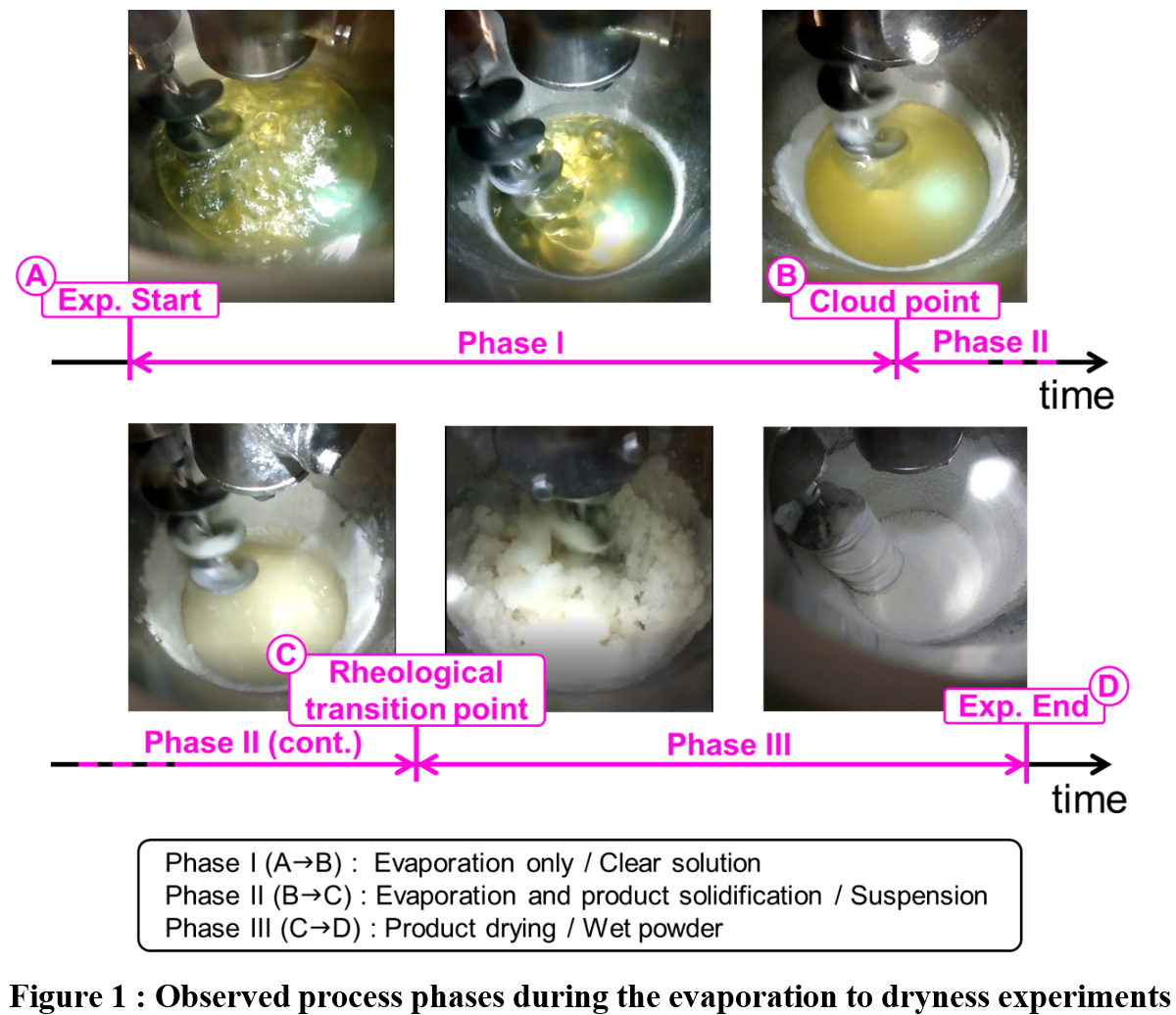(601f) Impact of the Process Conditions of an Evaporation to Dryness Operation Performed in a Conical Screw Vacuum Dryer on the Isolated Product Psd: Lab- and Pilot-Scale Studies
AIChE Annual Meeting
2020
2020 Virtual AIChE Annual Meeting
Separations Division
Particle Formation and Crystallization Processes from Liquids, Slurries, and Emulsions
Tuesday, November 17, 2020 - 9:15am to 9:30am
Following a process optimization exercise to increase productivity of the chromatographic unit, the solvents used were changed. This also resulted in a significant change in the typical Particle Size Distribution (PSD) observed after the evaporation to dryness operation. Risks associated to not knowing to what extent the final dry milling operation was able to mitigate those unpredicted changes in the control of PSD, triggered this comprehensive investigations on the CSVD process at different laboratory and manufactory scales. Given the change of performance driven by the solvent changes, an additional aim of this work was also to identify process conditions for the CSVD that might have been able to yield directly material within specifications.
A Design of Experiment (DoE) approach was used to determine the impact of the process conditions and the scale-up of the evaporation to dryness operation investigated here on the PSD of the isolated powder. A first DoE plan was carried out using a lab-scale CSVD (300 g scale) under well controlled process conditions. A second DoE was also reproduced at pilot plant-scale (30 kg scale) using appropriate scale-up criteria for those process parameters identified as critical, like the evaporation rate. The heat transfer characterisation of the equipment at laboratory and pilot plant scale allowed for establishing suitable procedures to control critical scale-up process parameters like jacket temperature and operating pressure.
The complexity of the mass and heat transfer phenomena occurring during the evaporation to dryness were elucidated and rationalised in a multiphase process steps while executing the experimental plan (Figure 1). Each process step was clearly defined by specific rheological behaviours. Evidence of patterns and reproducible mechanistic behaviours were found to be linked to specific operating conditions independently from the scale used for the operation. However, macroscale phenomena linked to the batch size of the operation together with exacerbation of the mixing conditions at scale led to mixing zone segregation. These differences ultimately significantly impacted the reproducibility of the performance of the operation under the same operating conditions at scale.
The complexity of the phenomena and phases involved was rationalised in a model behaviour and optimal process operating conditions and procedures to maximise process robustness. The operation was successfully validated at final production scale (300kg) with material produced according specifications over a number of validation batches.
